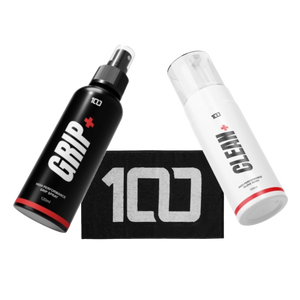Let’s be blunt: most glove damage doesn’t come from dodgy manufacturing.
It comes from bad habits.
If you’re punching the ground every dive, scraping your hands on turf, dragging your palms when you get up — your gloves will fall apart fast. We see it all the time, especially with junior keepers who are still learning how to land, push off, and move correctly.
It’s not always the glove. Sometimes it’s the goalkeeper.
Great technique = longer glove lifespan.
Clean handling, smart recovery, and controlled movement all reduce wear.
It’s not about babying your gloves — it’s about not battering them needlessly.



